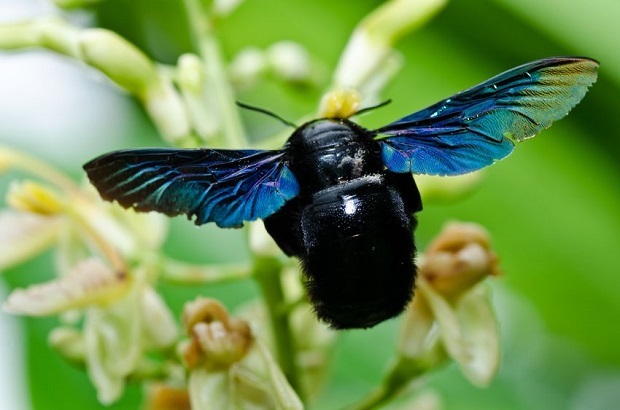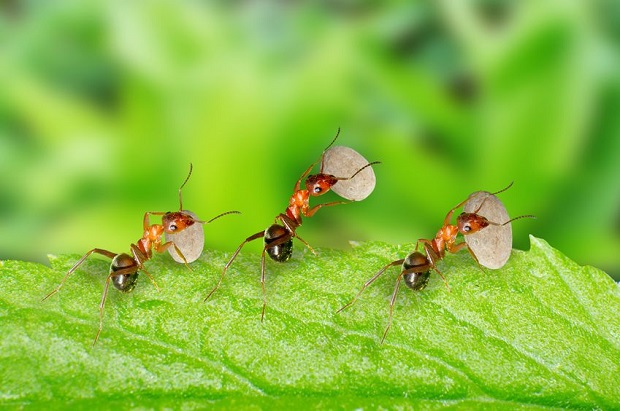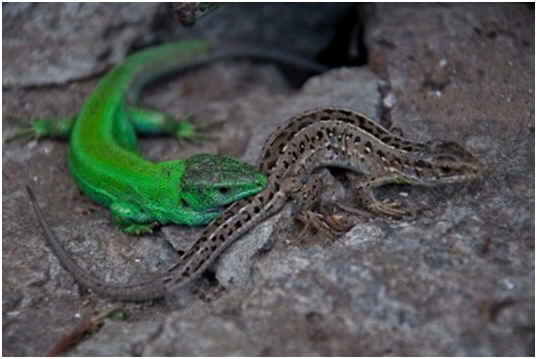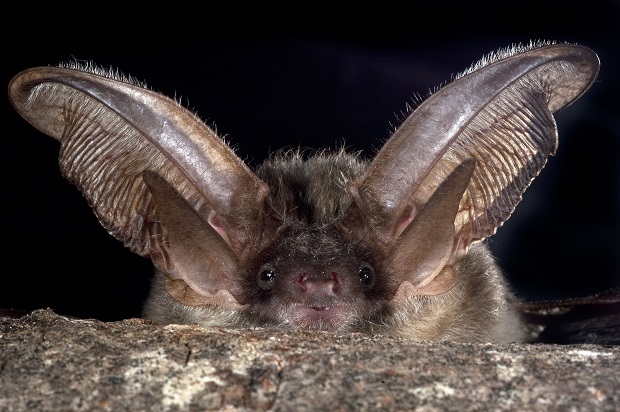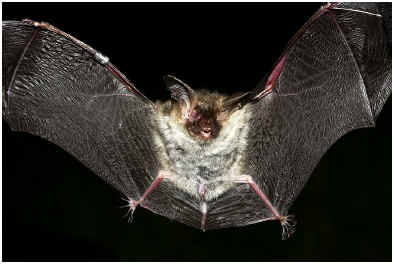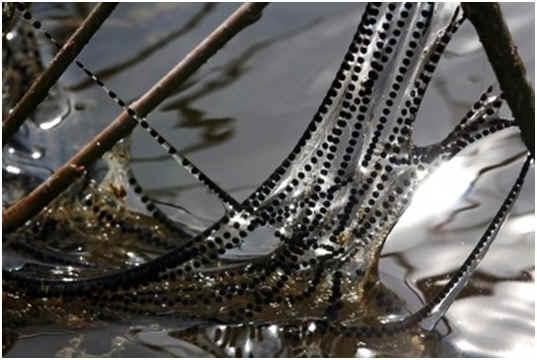
Do Toads Lay Eggs?
Toads do lay eggs. Immediately after fertilization, the female lays thousands of eggs onto a nearby aquatic plant. When the eggs hatch 10 to 14 days later, these plants will serve as nourishment and protection for the tadpoles until they can emerge from the water as young toads.
Identification
Since the frog and the toad live in water and land, they are classified as amphibians. This indicates that the two creatures’ characteristics and methods of living are similar. While the frog and the toad may look alike in many respects, there are notable differences between the two organisms that are unique to the specific creature. The frog and the toad share several key characteristics due to their close relationship with each other; all frogs and toads have similar-shaped bodies, four legs, and moist skin. The differences between the two organisms become a factor when examining the more specific features. While frogs have smooth, brightly colored skin for mating and protection, toads have bumpy, brown skin for camouflage. The toad also tends to be significantly plump compared to its frog relative. At their full size, toads are four and a half inches in length on average. Although these differences make frogs and toads easy to distinguish from each other, the process of identification becomes more difficult when attempting to separate male toads from female toads. While both males and females have spotted bellies, bumpy skin, and camouflage, females tend to have lighter-colored throats than males. It is important to take note of this difference when studying the reproduction of toads because females and males both play important roles that must be noted.
Reproduction and Mating
As with many members of the animal kingdom, toads reproduce beginning in late winter and continuing through early summer. The majority of reproduction occurs during the middle of spring. The reproduction of toads occurs in warm, stagnant water in the absence of predators such as reptiles and fish. This process begins when the male begins to sound a breeding call to attract females to its location. When the female arrives, the male mounts it in a position known as the amplexus; this is when fertilization occurs. Immediately after fertilization, the female lays thousands of eggs onto a nearby aquatic plant. When the eggs hatch 10 to 14 days later, these plants will serve as nourishment and protection for the tadpoles until they can emerge from the water as young toads.
Resources
Fairfax County Public Schools
The American Toad
http://www.fcps.edu/islandcreekes/ecology/american_toad.htm
University of Florida Wildlife Extension
Frogs & Toads of Florida
http://www.wec.ufl.edu/extension/wildlife_info/frogstoads/
Missouri Department of Conservation
Toads & Frogs
mdc.mo.gov/discover-nature/common-plants-and-animals/amphibians-and-reptiles/toads-and-frogs
